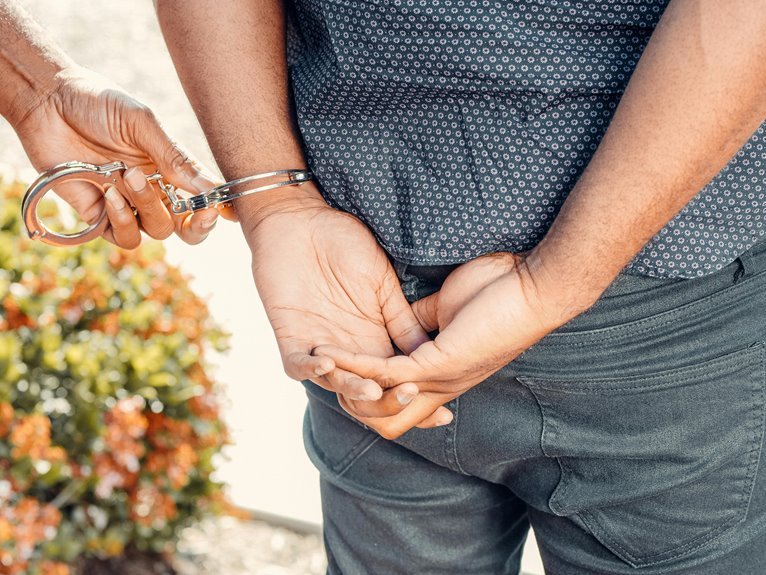Photoacpmpa: A Influência das Imagens no Processo Judicial

The influence of images in the judicial process is profound. Visual evidence can significantly shape courtroom dynamics and affect juror perceptions. Photographs often serve to underscore narratives, yet their emotive power raises ethical concerns. Bias and misrepresentation may emerge if not carefully managed. This interplay between imagery and justice invites critical examination of established guidelines. What frameworks exist to ensure that visual evidence upholds the integrity of legal proceedings?
The Role of Photography as Evidence in Courtrooms
Although the primary function of evidence in a courtroom is to establish facts, photography has emerged as a pivotal tool in conveying visual narratives that support legal arguments.
Documentary photography, when employed effectively, enhances courtroom authenticity by providing compelling visual context. This medium not only captures moments but also influences juror perception, making it an essential asset in the judicial process.
Media Influence and Public Perception
How does media coverage shape public perception of legal proceedings?
Media representation plays a crucial role in framing narratives and influencing societal attitudes. Through visual storytelling, complex legal matters are distilled into compelling images, impacting the audience's understanding and emotions.
Consequently, public perception may skew based on selective portrayals, ultimately affecting trust in the judicial system and the outcomes of legal cases.
Ethical Considerations in the Use of Imagery in Legal Proceedings
As the intersection of imagery and the judicial process becomes increasingly prominent, ethical considerations emerge regarding the use of visual media in legal proceedings.
The ethical implications of imagery include potential visual bias, which can skew perceptions and influence juries.
Ensuring fairness requires a critical assessment of how images are presented and interpreted, safeguarding justice while maintaining the integrity of the legal system.
Conclusion
In conclusion, the integration of photography within the judicial process underscores its dual capacity to inform and mislead. While images can enhance understanding and emotional resonance, they also raise critical ethical questions about bias and interpretation. How can the legal system ensure that the power of visual evidence is harnessed responsibly? Ultimately, establishing guidelines for the use of imagery is essential to uphold justice and maintain public trust in legal proceedings.




